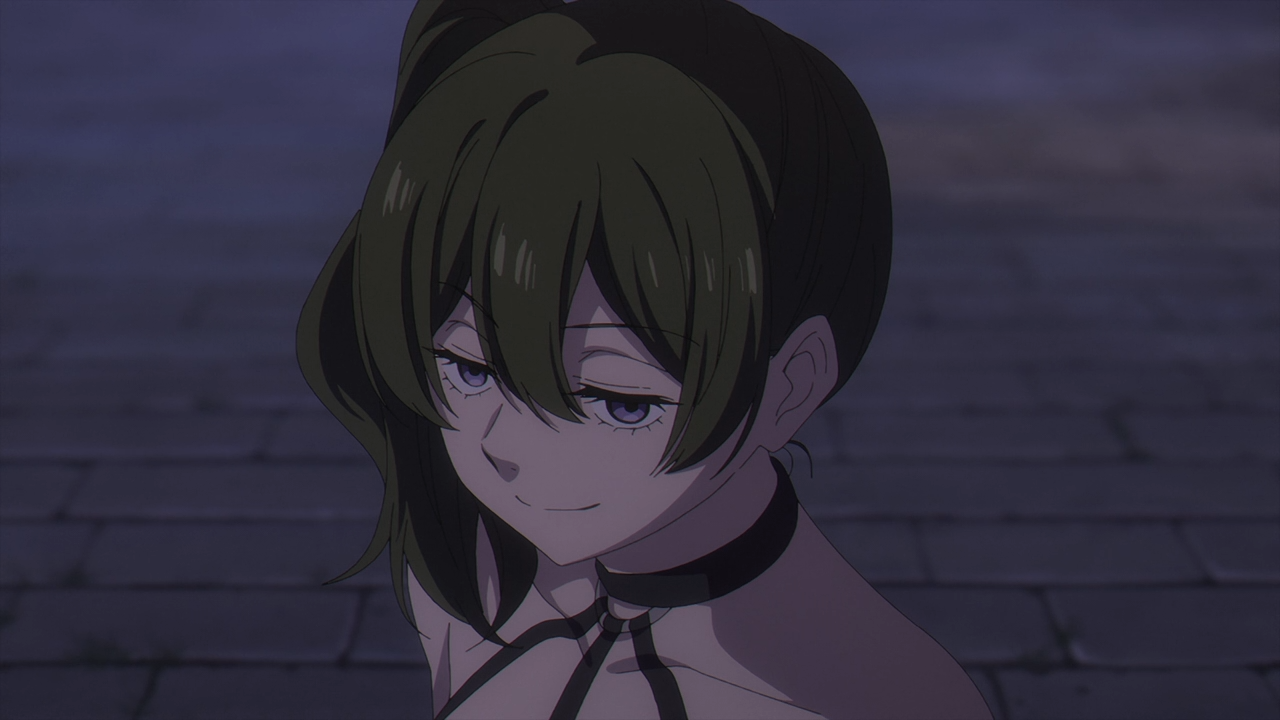LoL my current Gentoo system was installed like 12 years ago and moved on 5 different hardware platforms without a proper reinstall.
I have said myself to never peek in the /etc directory for any reason! 😅
I know a little linux, but obviously I’m still learning. I’ve picked up everything I know on my own, for the most part - internet guides from the linux community tend to be pretty solid, and I know enough to not totally FUBAR my system.
Is there a listing of standard linux directories and what they’re for? Lite /etc, things like that. Because I seem to find bits of different stuff in a variety of directories.
I’ve recently moved to linux on my gaming rig, which is my daily driver - that being said, it is mainly for gaming. Anything can surf the web or play videos and shit, for the most part.
Most distros follow the Filesystem Hierarchy Standard
Edit: also, check out this video by Fireship
For me it’s installing a new OS every six months for a fun new experience.
Nixos is amazing just saying
reinstalling the os because im to lazy to clean the drives
I thought the point of Linux was not doing this every year like with Windows?
Realistically you don’t have to if you’re not constantly tinkering, but if you’re changing a lot of low-level stuff without knowing what you’re doing, you have the ability to break things. If you don’t know how to fix them, then it’s easier to just reformat. Basically it’s a skill issue lol.
Then there’s me, reinstalling the OS because it’s quicker than installing the three months’ worth of updates I forgot about.
The main downside to a rolling release distro, with that much drift there’s a good chance something will install that conflicts with something else, and nobody can really help because the only real way to replicate your install is to go back in time and do the same thing
NixOS.
stares at Debian Bookworm VPS that’s been upgraded in-place and hasn’t been reformatted since Debian Etch (2007)
I actually do that. It forces me to backup the most necessary things and throw away the rest, hence making the OS feel cleaner.
I thought we ditched Windows because we were tired of doing that?
I didn’t, I just liked Linux more. It allows us to play around more, but also fuck up more…
NixOS is great, you can even have it automatically reinstall and wipe your garbage with Impermanence lol
Reinstalling is Windows user logic. On Linux your supposed to fix things in place.
Why would you reinstall NixOS, like, ever?
Heck even moving it to another partition isn’t really a re-install as it’ll happily create the exact 1:1 same system based on nothing but the configuration file, change nothing but the id of the root partition (you’ll have to move over /home manually, though).
And if you mess up your configuration either roll back instantly, or fix it in situ in case you already gc’ed the old stuff. It’s practically impossible to get it into a non-booting state without literally ripping out the disk it’s installed on (or, well, Windows messing up the bootloader or something). Even if you run unstable on the whole system every single commit on that branch is tested to not break boot and rollback.
Oh just one thing: Don’t skimp on the size of your EFI partition. 100M are definitely borderline when you have both NixOS and Windows booting from it, those kernels and initrds have gotten quite large over the years and you’ll need to be able to fit, bare minimum, two of both.
Yeah, depending on your definition of reinstall you either reinstall NixOS never or on every boot. There’s no in-between.
So am I the only one distro hopping for fun?
Yes and everyone is talking about it














